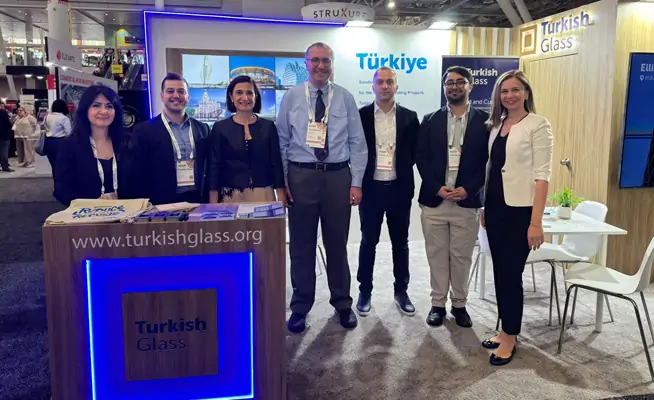The Council on Tall Buildings and Urban Habitat (CTBUH) has revealed the winners of its prestigious 2025 Award of Excellence competition, showcasing innovative projects from 20 countries across more than 20 categories. This year’s selection emphasizes sustainable development practices, with a strong focus on embodied carbon reduction and hybrid programmatic models.
A recurring theme among the winning projects is the extensive use of glass in structures like the Populus, One River North and 1900 Lawrence in Denver, The Henderson in Hong Kong, the Alberni by Kengo Kuma in Vancouver, and the Winthrop Center in Boston. These projects demonstrate the architectural possibilities of glass while also highlighting the importance of sustainable design considerations.
The 2025 Awards are integrated with the CTBUH Carbon Pilot Program, an initiative aimed at establishing a global benchmark for embodied carbon data in tall building construction. This focus reflects the industry’s growing commitment to addressing the climate crisis through innovative and sustainable building practices. Furthermore, many winning projects feature hybrid programmatic models, blurring the boundaries between public and private spaces and prioritizing circularity, showcasing a move towards more integrated and community-focused designs.
“This year’s cohort demonstrates not only technical sophistication and design ingenuity but also an ability to respond to the circumstances shaping the world right now—from regional issues and economic challenges to the accelerating climate crisis,” said CTBUH CEO Javier Quintana de Uña. “These projects prove that tall buildings and the vertical urbanism they engender can instigate better quality of life, ecological resilience and urban equity simultaneously. That’s the direction our industry must move in.”
The competition drew submissions from diverse cities, including Brisbane, New Cairo, Tokyo, and Toronto, judged by multidisciplinary juries composed of leaders in architecture, engineering, planning, construction, and real estate.
James Parakh, Urban Design Manager at the City of Toronto Planning Division and an Urban Habitat category juror, noted, “Vertical urbanism isn’t just about going taller—it’s about rethinking how height intersects with livability, connectivity and the relationship of the tall buildings with the street. This year’s submissions illustrate how tall buildings can do more than dominate skylines—they can animate streets, enliven their contexts and shape cohesive, vibrant neighborhoods.”
Awardees will present their groundbreaking work at the CTBUH 2025 International Conference in Toronto from October 6-9, 2025, where they will compete for “best in category” recognition. The final results will be announced during the conference’s award ceremony and dinner, promising a celebration of innovation and excellence in tall building design and urban habitat.
Source: CTBUH with additional information added by GlassBalkan







